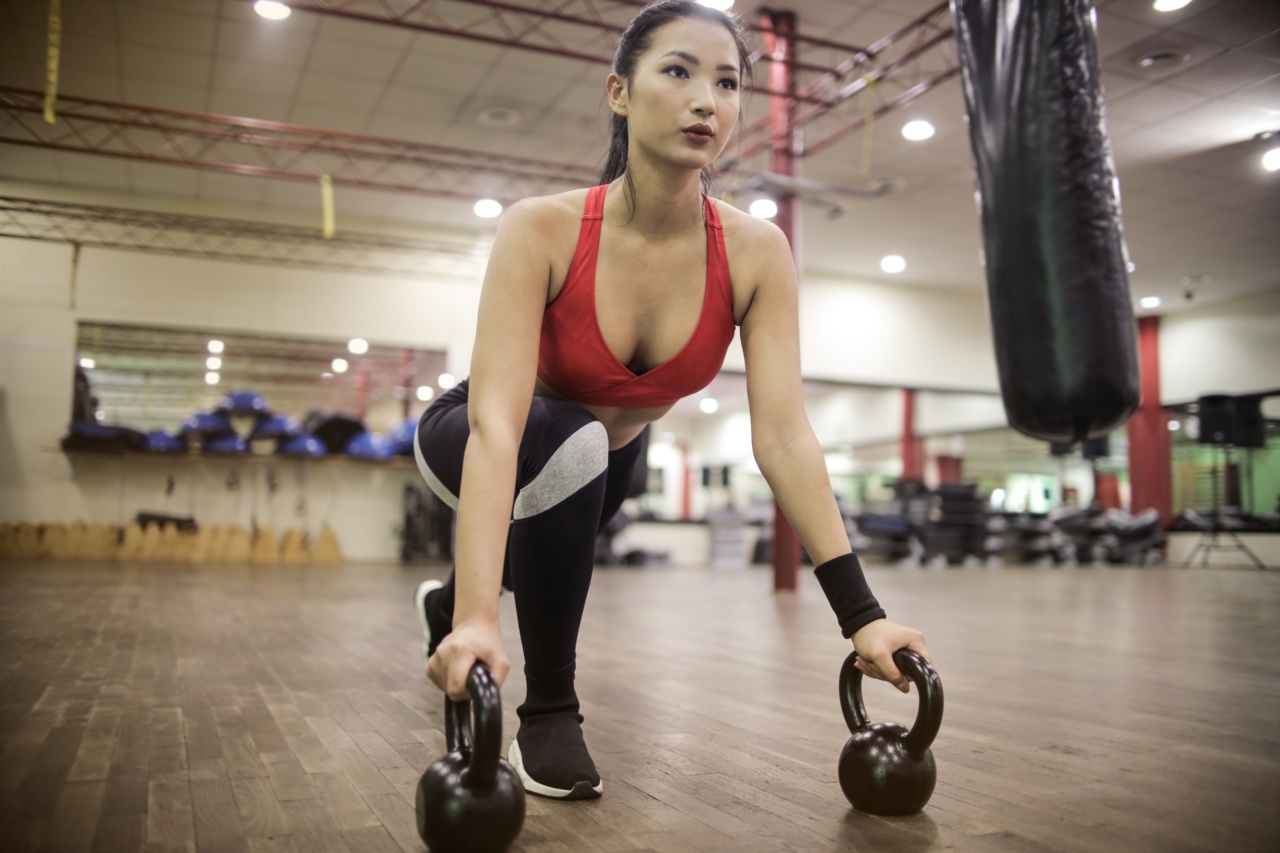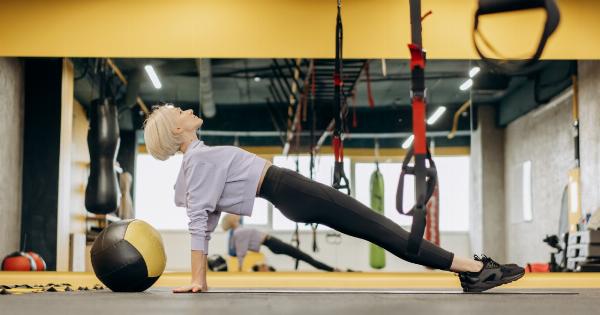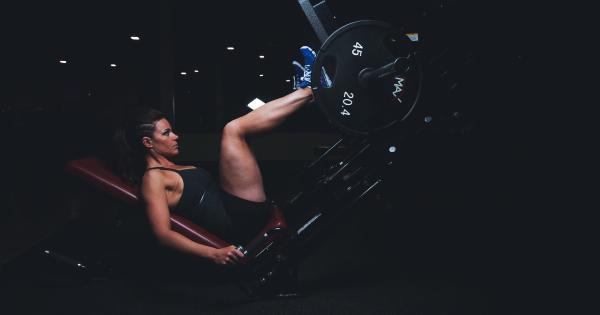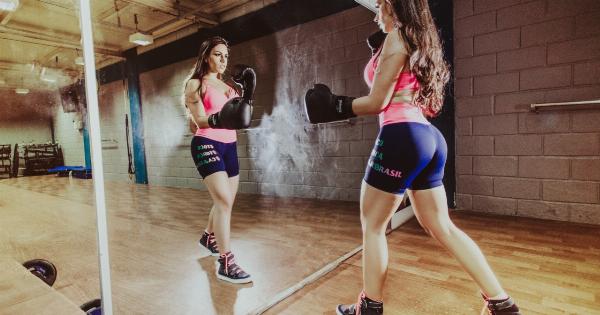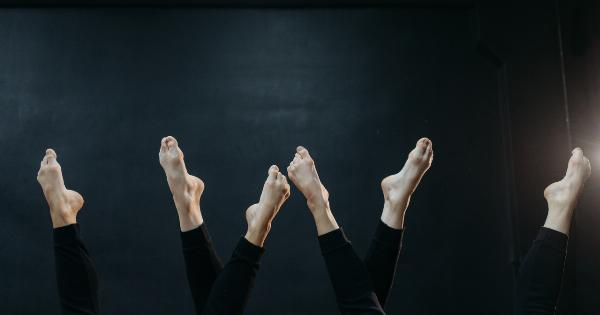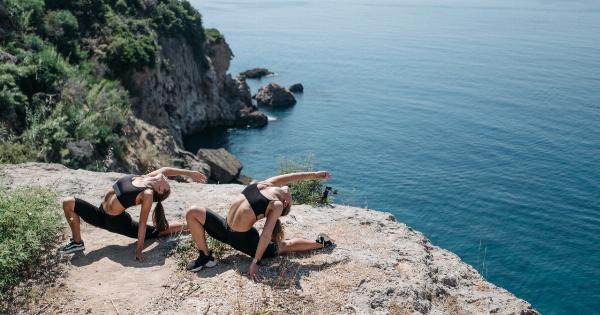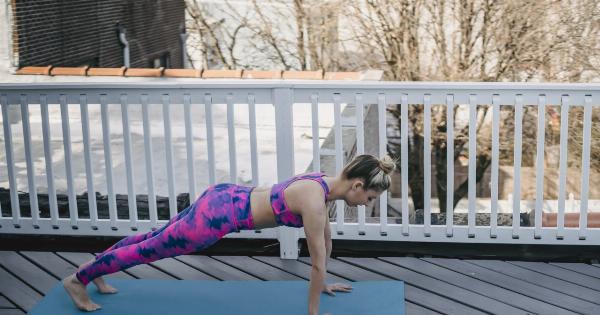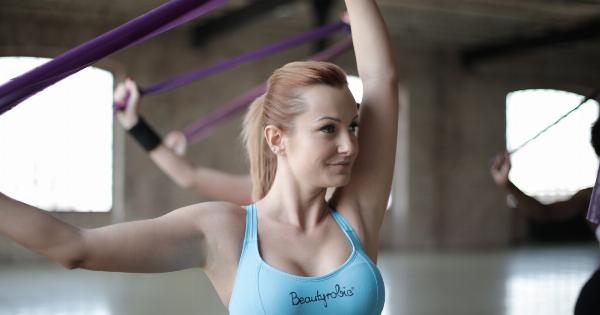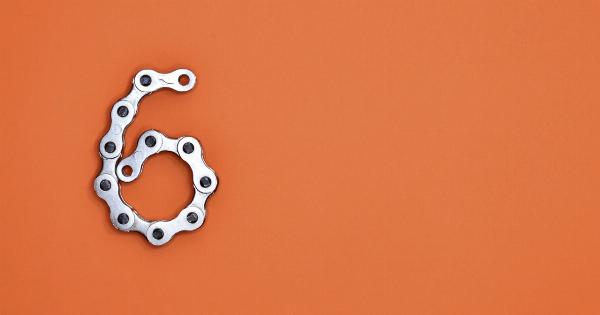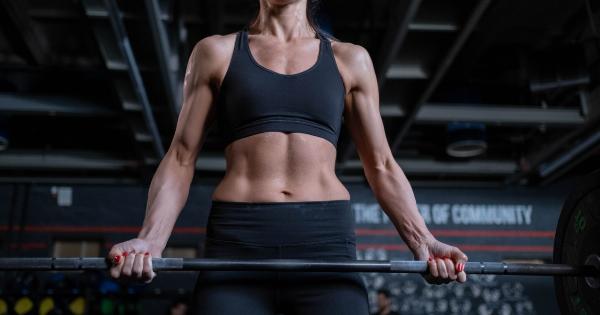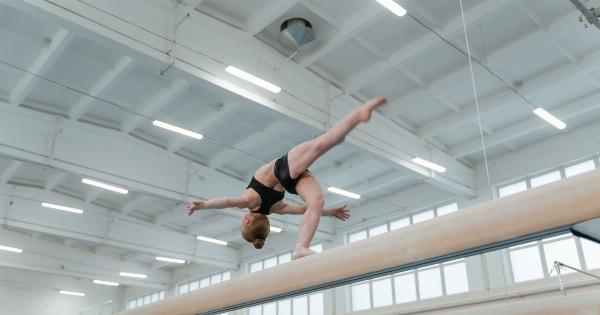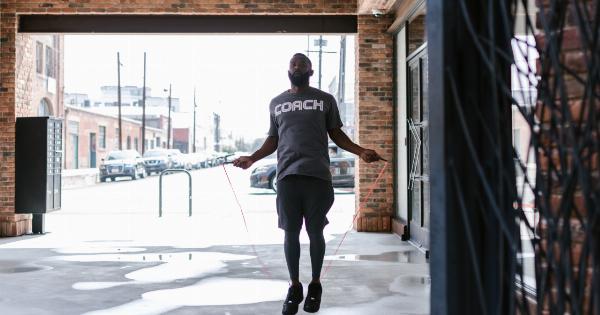Squats are known as the king of all exercises. This is because they are the most effective way to train your lower body muscles, such as your glutes, quads, and hamstrings.
But squats are also a full-body exercise because they require a lot of effort from your core, back, and upper body muscles. Mastering the squat is the key to total body fitness. In this article, we will discuss the benefits of squats, how to perform them correctly, and how to progress over time.
What are the Benefits of Squats?
Squats have numerous benefits that go beyond just building bigger leg muscles. Here are some of the main advantages of doing squats.
1. Builds Stronger Legs
Squats are the best exercise for strengthening your leg muscles. They work all the major muscles in your legs, including your glutes, quads, and hamstrings. When you perform squats regularly, you will notice that your legs become more toned and defined.
You will also have more explosive power and greater stability when performing other exercises.
2. Improves Core Stability
Squats require a lot of core stability. This means that when you perform squats, you will engage your abs, obliques, and lower back muscles. This leads to a stronger core, which can help to improve your posture, balance, and overall athleticism.
A strong core is also important for preventing lower back pain and injury.
3. Burns More Calories
Squats are a compound exercise, which means that they work multiple muscles at the same time. This makes them a very efficient exercise for burning calories.
When you do squats, you will burn more calories compared to doing isolated exercises like leg extensions or leg curls.
4. Increases Testosterone Production
Squats are also known for increasing testosterone production in the body. Testosterone is a hormone that plays a key role in building muscle mass and strength.
When you perform squats with heavy weights, your body will produce more testosterone to help you handle the stress of the exercise. This can result in bigger muscles and greater strength gains over time.
How to Perform Squats Correctly
Performing squats correctly is essential if you want to reap the maximum benefits of this exercise. Here are the steps you should follow to perform squats correctly.
1. Start with Your Feet Shoulder-Width Apart
Begin by standing with your feet shoulder-width apart. Your toes should be pointing forward or slightly outward.
2. Brace Your Core
Before you begin to squat, you should brace your core. To do this, take a deep breath and tighten your abs like you are about to get punched in the stomach.
3. Shift Your Hips Backwards
Begin the squat by shifting your hips backwards and bending your knees. Imagine that you are sitting back onto an imaginary chair. Keep your knees in line with your toes and your chest up.
4. Squat to Parallel or Below
Continue to squat down until your thighs are parallel to the ground or below. You should aim to keep your heels on the ground and your back straight. Avoid leaning too far forward or allowing your knees to cave in.
5. Drive Up with Your Legs
Once you have reached the bottom of the squat, drive up with your legs and squeeze your glutes. Keep your core tight and your chest up as you come out of the squat.
6. Repeat
Repeat the squat for your desired number of reps or until failure.
How to Progress with Squats
Once you have mastered the basic squat, there are several ways you can progress to challenge your muscles even further. Here are some of the most effective squat variations.
1. Front Squat
The front squat is a variation of the squat where you hold the barbell in front of your shoulders instead of on your back. This variation puts more emphasis on your quadriceps and core muscles.
2. Overhead Squat
The overhead squat is a variation where you hold the barbell overhead while performing the squat. This variation challenges your mobility and stability and works your shoulder muscles as well.
3. Pistol Squat
The pistol squat is a single-leg squat variation that requires a lot of balance and flexibility. This variation is great for building leg strength and improving your athletic performance.
4. Bulgarian Split Squat
The Bulgarian split squat is a unilateral variation where you elevate one foot behind you and squat down on the opposite leg. This variation challenges your balance and stability and works your glutes and hamstrings more than a traditional squat.
5. Barbell Hack Squat
The barbell hack squat is a variation where you hold the barbell behind your legs and squat down. This variation puts more emphasis on your hamstrings and glutes.
Conclusion
Mastering the squat is the key to total body fitness. This exercise is great for building leg strength, improving core stability, burning calories, and increasing testosterone levels.
By following the correct form and progressing with different squat variations, you can take your fitness to the next level and achieve greater results. Start with the basic squat and work your way up to the more advanced variations. Your body will thank you.
